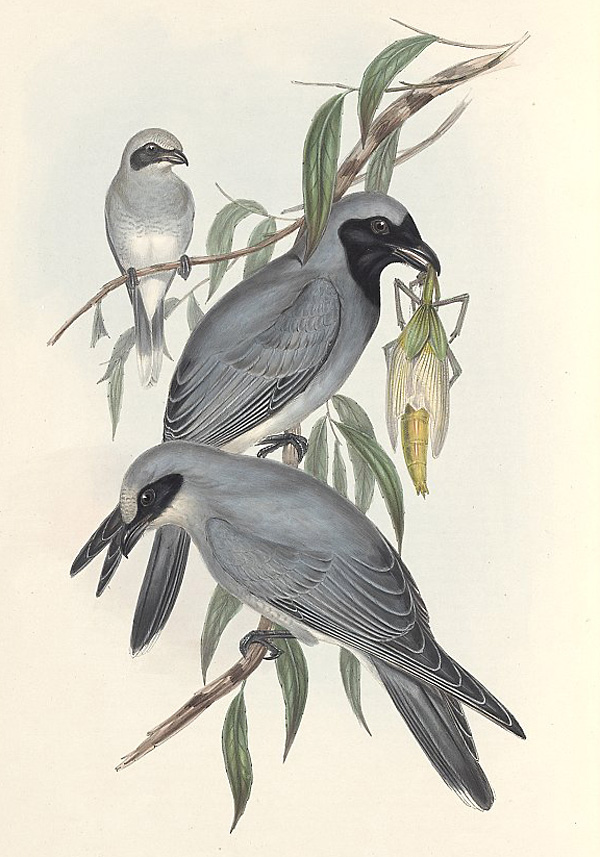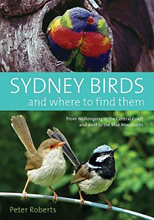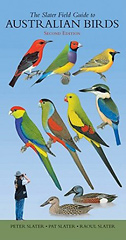Black-faced Cuckoo-shrike
Coracina novaehollandiae
Family: Campephagidae (Cuckoo-shrikes and Trillers, 7 species in Australia)
Size: 33 cm
Distribution: Basically all of Australia
Status: Common to moderately common
Habitat: Open woodland, forest
References: Simpson and Day, Reader's Digest
Whenever I see a Black-faced Cuckoo-shrike it is usually either raining, cloudy, or looks like it might rain. They are almost always seen high up in trees, not on the ground. They have a very distinctive call that I will put on the site as an audio recording when I get around to it.

Photo: Blaxland, Blue Mountains NSW.

Photo: Blaxland, Blue Mountains NSW.

Artwork: John Gould, 'The Birds of Australia', 1848. Original Scanned Image.
Some Birdwatching Resources
|
 Sydney Birds and Where to Find Them, Peter Roberts. The 30 top bird-watching localities in and around Sydney. These birding hot spots stretch from Tuggerah Lakes on the Central Coast to Lake Illawarra near Wollongong and from the Blue Mountains in the west to some surprisingly accessible sites tucked away in the heart of the city. Each locality entry lists the key species to look out for including rare and seasonal visitors. It describes how to access the location, and what amenities to expect; maps are featured. There is also a handy list of Sydney birds, each entry providing information on the best spots to find it.
Sydney Birds and Where to Find Them, Peter Roberts. The 30 top bird-watching localities in and around Sydney. These birding hot spots stretch from Tuggerah Lakes on the Central Coast to Lake Illawarra near Wollongong and from the Blue Mountains in the west to some surprisingly accessible sites tucked away in the heart of the city. Each locality entry lists the key species to look out for including rare and seasonal visitors. It describes how to access the location, and what amenities to expect; maps are featured. There is also a handy list of Sydney birds, each entry providing information on the best spots to find it.
Purchase from Australia (Booktopia)
Click here to purchase from Australia (The Nile)
Click here to purchase from Australia (Fishpond) | See AlsoAustralian Bird Field Guides
Return to Australian Birds
Return to Site Map
Share This Page
australia
Content is copyright © Survive.au 2005-2025 All Rights Reserved. Terms of Use. Definitely read the disclaimer before trying anything from this website, especially including the practices and skills. This website uses affiliate links – this doesn't cost you any more, but I get a commission on purchases made through the website. As an Amazon Associate I earn similarly from qualifying purchases.
|






